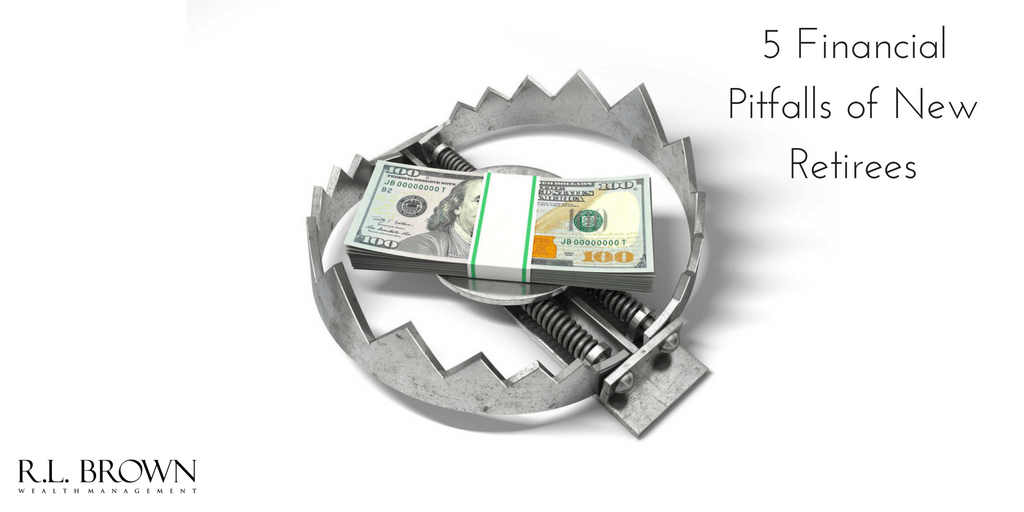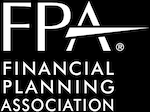Are you are one of the diligent and lucky few that are able to max out contributions your retirement savings accounts? If so, you may be dealing with restrictions on your ability to save and invest as much as you’d like.
Following are some ways to work around potential caps on 401(k) and IRA accounts:
One of the most beneficial, but lesser known techniques for contributing to a Roth IRA when your income exceeds the Roth IRA income limit is called a Backdoor Roth IRA.
You can currently make a total annual contribution of $5,500 to your Roth and traditional IRA ($6,500 if you’re over 50), depending on your modified adjusted gross income. You cannot make a Roth contribution if your modified adjusted gross income is $132,000 and you’re single, or $194,000 if you’re married and filing jointly.
A backdoor Roth IRA is a good way to step around those rules. Considered a “contribute and convert strategy,” a Backdoor is achieved in a two-step process. Individuals must first make a non-deductible contribution (already taxed) to a traditional IRA, and then shortly thereafter convert it to a Roth.
The good news is there no income limit on contributing to a non-deductible, Traditional IRA, nor on converting a Traditional IRA to a Roth IRA. Click here to read a previous blog about Backdoor IRAs to see if it could be the best option for you.
One thing to remember is that Obama’s 2017 budget has proposed limiting these types of transfers. Since we don’t know exactly how long they’ll be available, it may be a good idea to have some funds in a Roth and some in a traditional IRAs.
2. Health savings accounts
Investing in a health savings account (HAS) is another good way to avoid contribution limits.
HSAs are connected to high-deductible health care plans. You don’t have to pay income taxes on contributions, and balances also accumulate tax-free. There is an additional perk in the fact distributions for qualified medical expenses are also tax-free.
Here are HSA contribution limits for 2016: individuals, $3,350; families, $6,750. Those 55 and older can make catch-up contributions of $1,000. Any leftover funds can roll over from year to year.
For 2016, an individual can contribute up to $3,350 per year to their HSA. For families, it’s $6,750. If you’re 55 and older, you can make a catch-up contribution of $1,000. Unspent funds can roll over from year to year.
3. After-tax contributions to your 401(k)
This could be a good option if you’re already maxing out your 401(k) pre-tax contributions. Your plan may allow you to also make after-tax contributions.
In 2016, you can contribute up to $18,000 each year in pretax money ($24,000 if you’re over age 50). If your plan allows it, you could make additional after-tax contributions up to $53,000.
These after-tax contributions usually can be withdrawn tax-free, and any earnings are tax-deferred until withdrawal.
4. Deferred compensation plans
Did you surpass the 2016 $18,000 pretax contribution limit to your 401(k)? If so, your employer may offer you a non-qualified deferred contribution plan.
The major benefits include no limits on contributions, and continuing to save money on a tax-deferred basis.
With a non-qualified deferred contribution plan, first you contribute the maximum to your 401(k). Then you make additional deferrals from your income into the non-qualified plan.
The good news about the non-qualified plan is that your contributions are usually fully vested, which means you won’t lose the money you deposited if you leave your job.
While you’ll have to pay income taxes on funds you withdraw from non-qualified plans, you can decide how you would like to receive the money. You can either take it as a lump sum at retirement, as a series of payments over a period of years, or defer it for a period of time. Nonqualified plan assets aren’t subject to required minimum distributions, unlike regular 401(k) plans and traditional IRAs.
Note: If you leave your company, your employer may require you to receive the balance of your non-qualified deferred compensation plan in a lump sum. Also, if your company goes out of business, you may lose the funds from such an account.
The bottom line:
As you can see, there are several ways to work around caps to your retirement savings account. Take action now to maximize your income for your golden years.
Source: CNBC







